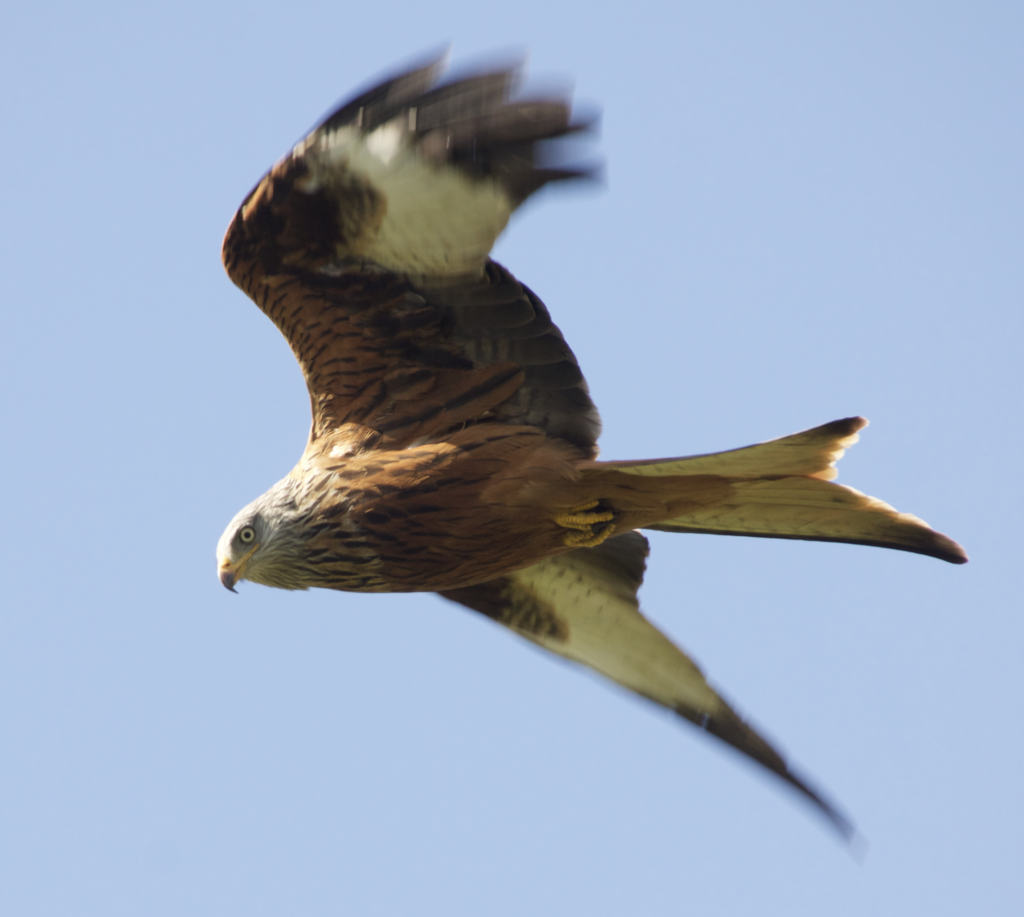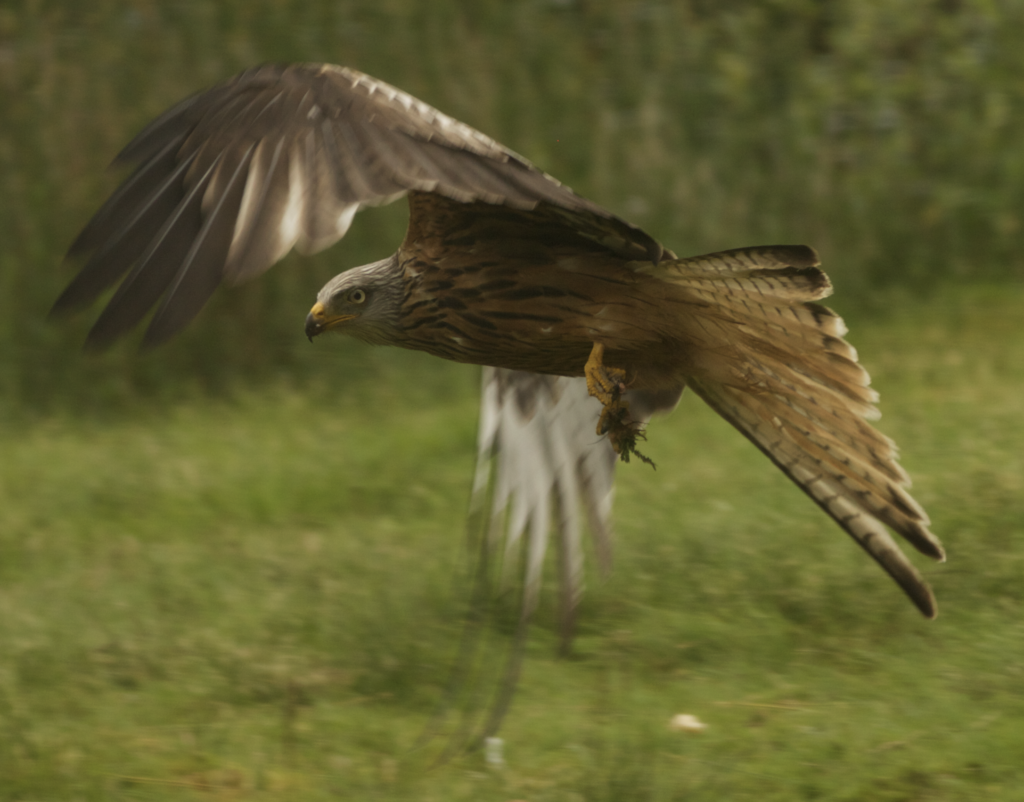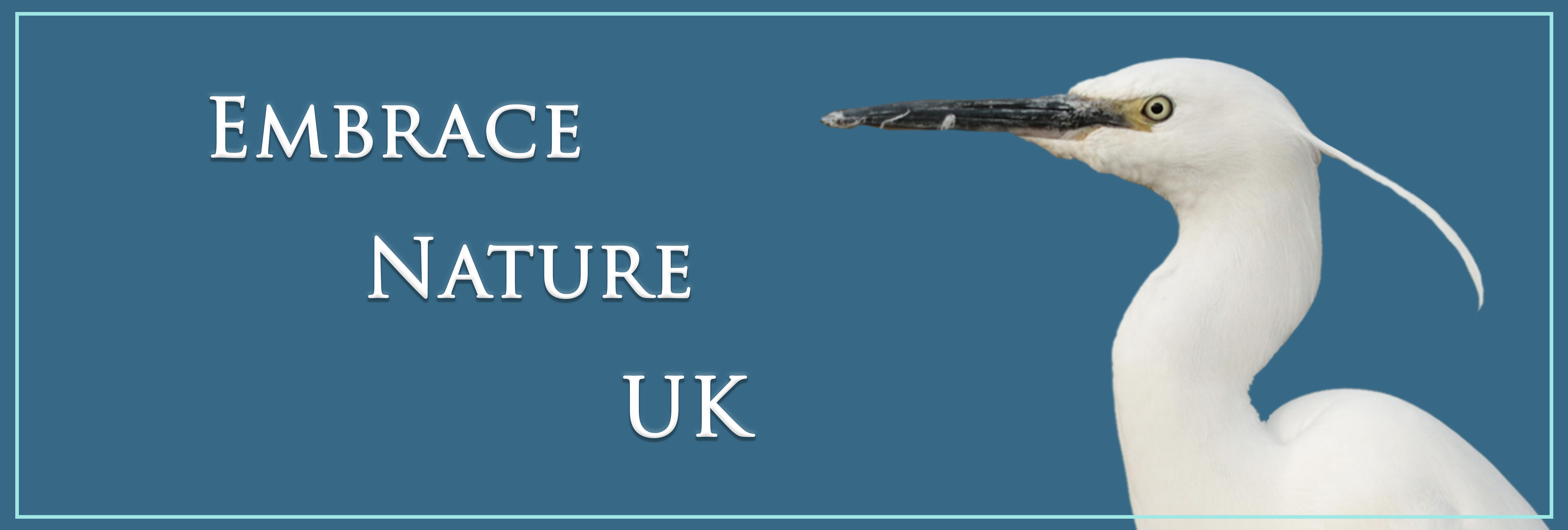The story of the persecution then recovery of Red Kites in the United Kingdom is a great example of success for reintroduction and one that is commonly referred to. We have gone from having a very small protected population in Wales, after a dramatic affect from human impact, to being a common sight in the skies above us. The Embrace Nature UK team are very fortunate to be located in an area that is exceptionally good for Red Kite numbers as we are not far from one of the release sites. It is not uncommon for us to look out the window and see a Red Kite flying past.

Whilst the recovery has been embraced by many, not everyone sees the benefit in a recovering population. Birds of Prey often have enemies, which is why they have been at risk for so long. Many members of the public enjoy heading to Red Kite Feeding Stations where they can enjoy close encounters with hundreds of Red Kites at a time so it might come as a surprise that not everyone is enthusiastic about their comeback. Some people see the birds as a threat to their own livelihoods or hobbies, which has led to birds being trapped, poisoned, shot and the destruction of their nests.
Whilst the RSPB is aware of many incidents, they believe that there are more that go unreported and therefore are trying to prompt the government into increasing protection for birds of prey at risk. It’s no wonder when the rarely-caught criminals then get away with seemingly light sentences. There will likely always be a struggle between those who love and wish to protect birds of prey and those who would rather they weren’t around.

A common scenario we have come across in the past is people blaming birds of prey – most notably Sparrowhawks – for a decrease in song bird populations. The argument is fruitless as there are direct links to habitat loss being the cause for many bird’s difficulties. The balance between predators and prey is also one of the most natural and sustainable evolutionary symbiotic relationships imaginable.
Most issues for many creatures now can be easily traced back to human impact, so to demonise birds of prey and suggest that their existence is threatening other species shows a remarkable misunderstanding about their nature.
Thankfully some people have worked to find kinder solutions to troubles that might arise in terms of protecting livestock. An example of this would be keeping young Pheasants in release pens until they have grown enough for the threat to have reduced.
Sadly, even though some gamekeepers have managed to live peacefully beside birds of prey without so many losses, it takes a long time to change minds and so the problem is likely to persist. We certainly hope that a solution is found to move closer towards keeping bird of prey numbers high as we’ll never get bored of looking up and seeing spectacular birds gliding along right above us.
